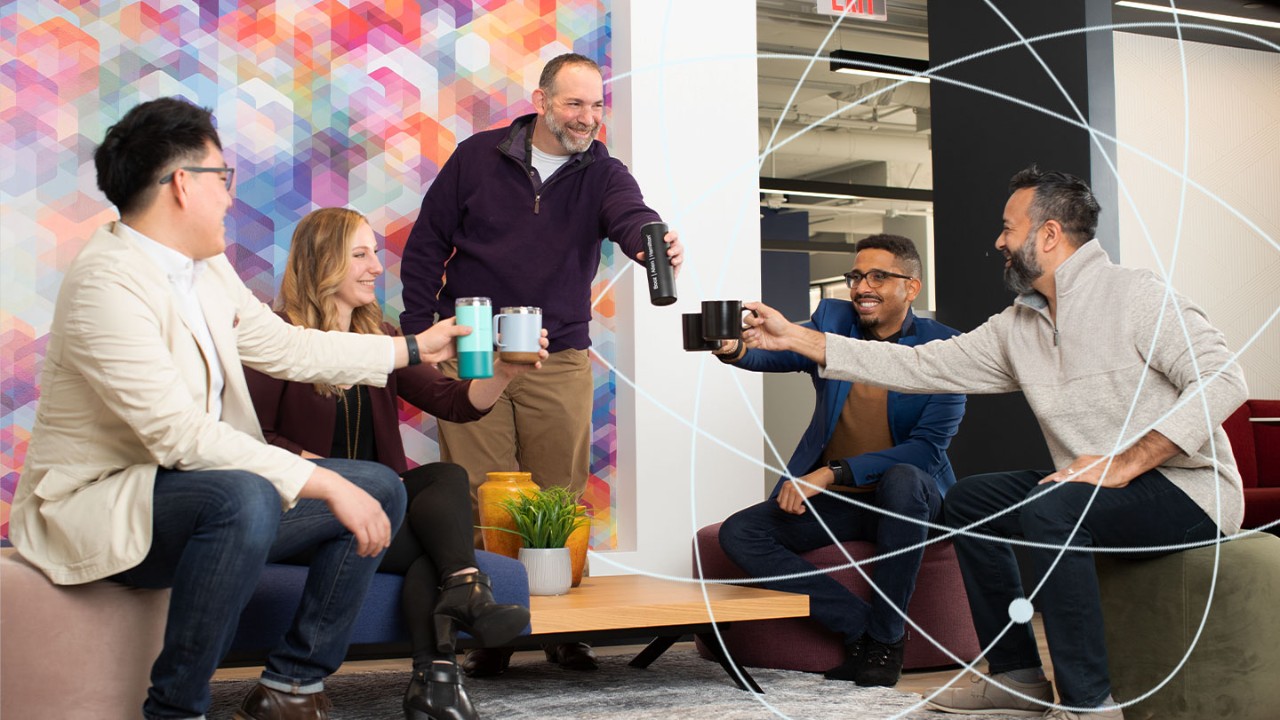

The U.S. government, Silicon Valley, and other organizations are developing the cutting-edge technology of the future, which is reshaping all of our lives. But to navigate the complex and dynamic challenges we face as a nation and as individuals—we need to ensure that our technologies are not leaving people or communities behind.
It’s well established that organizations with diverse perspectives are best positioned to drive innovation. And within federal agencies, we’re already witnessing a significant effort to bring new and different voices to the table—from prioritizing diversity in suppliers to building a workforce that is better representative of the American public its intended to serve. But more importantly, diverse participation ensures that national systems and platforms can be built to serve and support all people (including historically underserved communities)—while improving trust in government at a time when our nation needs it most.
As my colleagues, Julie McPherson and Maisha Glover recently wrote, “sameness is not an asset” in the federal workforce of the future.
While we look to reimagine the future of work in the aftermath of the COVID-19 pandemic, Booz Allen has zeroed in on what we call the “3D workforce,” one that is “distributed, digital, and diverse.” The first two “Ds” refer, of course, to the revolution in remote and hybrid work, spurred first by necessity and now by intent, and how organizations can address the challenges that come with these new ways of working. But ensuring that this emerging paradigm also values diversity is key to sustaining it. Based on my own decades of experience supporting government clients, here are five ways agencies can start supporting and expanding DEI efforts to ensure future success:
Measurable progress in areas such as racial and gender diversity is a mission imperative, but organizations should also focus on less-measurable “acquired” diversity—hiring people from many different types of backgrounds with different life experiences, such as veterans, farmers, students, and seniors. Job candidates should have the opportunity to bring their full and unique backgrounds to the hiring process—and demonstrate how they leverage these in thinking creatively. Existing employees should have the same opportunities to bring forth their unique experiences and perspectives for the good of the organization.
In an organization that is building a diverse future workforce, it can be a long time before candidates from underrepresented groups or backgrounds make it into senior leadership roles, no matter how strong the current commitment to DEI. Therefore, it’s essential that senior leaders proactively seek out these employees via sponsorship programs. These relationships not only allow junior staff to learn from leaders, but they can also positively influence top-level decision making. This benefits the junior staff in their career advancement and strengthens the organization by ensuring a constant stream of new ideas to feed innovation.
When it comes to designing new digital applications, government agencies have long considered avoiding bias as an important goal, but how much is this adhered to in practice as developers face crunch times for delivery? Leaders need to ensure that eliminating racial, gender, and socioeconomic bias in digital design is a crucial part of the delivery process, not a “nice-to-have” or an afterthought. One component is accessibility—getting and using deeper layers of diversity data. While data around diversity is increasingly available, we must now ensure we embed fully reflective data sets that inform inclusive design of digital, AI, and other systems.
Agencies are increasingly establishing and growing customer experience organizations, or CXOs, but these efforts are often separated from traditional components within organizations that focus on DEI initiatives. Leaders can more thoroughly embed DEI considerations into these organizations to ensure that they are serving customers of various groups and backgrounds and to avoid bias in product and service delivery that could impact long-term growth.
There is momentum across government to level the playing field, and agencies are perpetuating diversity by changing legacy contract practices. From increased transparency around future contracting opportunities to mandating diversity within suppliers, new acquisition practices are bringing all thoughts and minds to solve some of the toughest challenges we face as a nation. Rewarding innovation and opening the door to underrepresented businesses can also benefit from technical challenges—for example, where potential contractors demonstrate their technical skills and problem-solving abilities by competing in real-time software/model development tasks.
Whether for matters of national security or for serving the American public, we know that advancing diversity is imperative to the mission. Regardless of the approach, government organizations are increasingly harnessing diversity to drive innovation and equity in delivering fair and just government services. Explore additional perspectives on how organizations can empower their diverse workforces to thrive in the new world of work.
Explore career opportunities today.